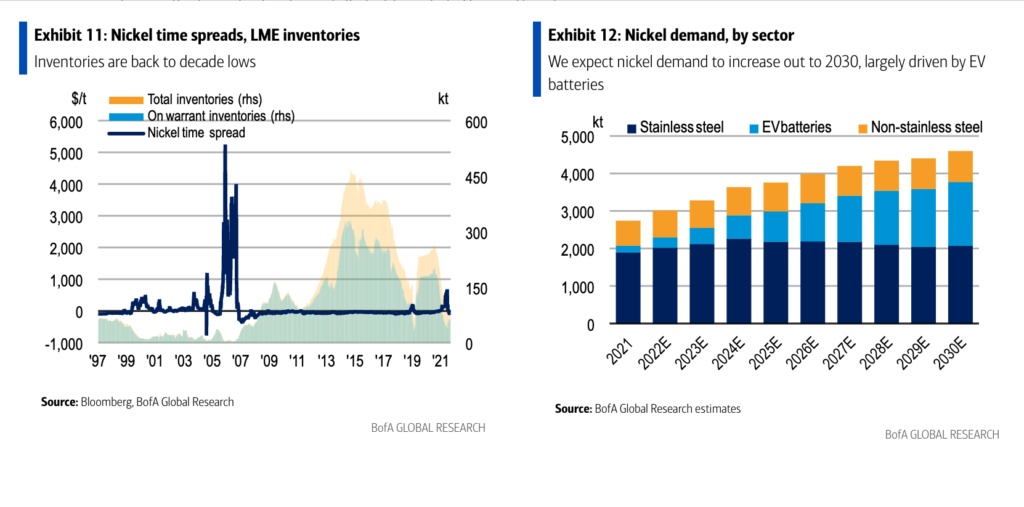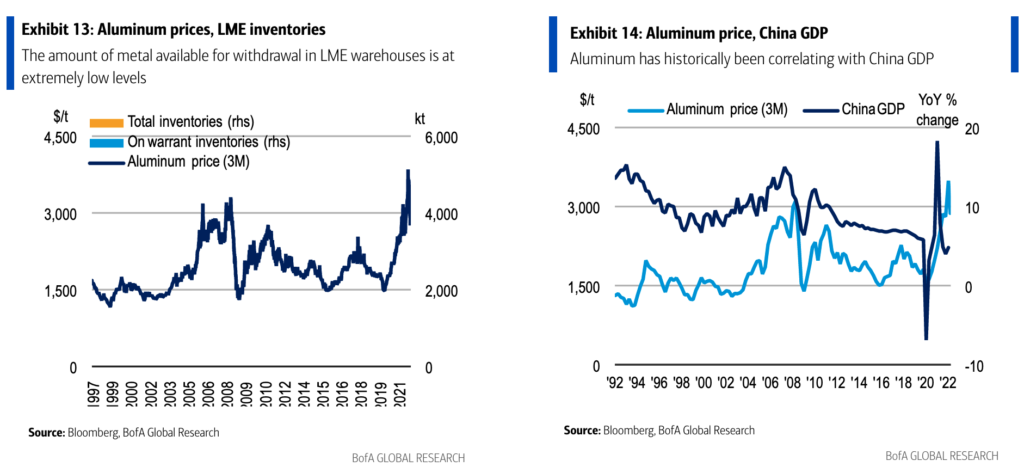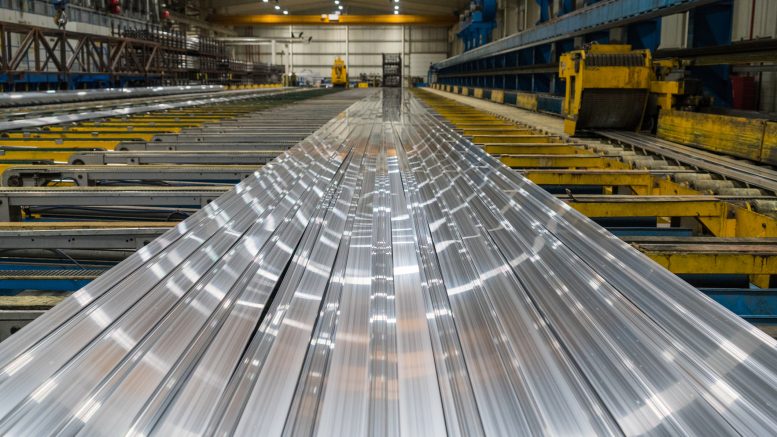New analysis published by Bank of America Global Research has found on-warrant metal inventories and net non-commercial positions as the leading metrics that could signal the risk of violent short squeezes on above-ground metals supplies.
The bank’s Global Research team undertook correlation and principal component analyses to determine which market metrics would have signalled the next metal squeeze, not unlike the “violent” nickel squeeze currently underway. These drivers stand beside the “idiosyncratic drivers” of metal price volatility over the past two years: the Covid-19 pandemic and Russia’s war on Ukraine.

BofA analysts concluded that the risk of violent squeezes increases when stocks are low, at the same time as non-commercial market participants are very long.
Analysts are concerned with the current market set-up and see a risk that short squeezes will become more frequent.
“Tackling inventories first, stocks have fallen steadily in recent years and keeping in mind a lack of supply growth going forward, there is a high probability that these will not be replenished any time soon,” commodity strategist Michael Widmer said in a June 2 report.
“With the LME a market of last resort, this may well imply that on-warrant stocks will become critically low for many metals.”
Meanwhile, focusing on copper, the LME Commitment of Traders report highlights that non-commercial market participants have gained market share relative to commercial traders. This is important, according to BofA, given that a structurally bullish set-up for many metal markets over the energy transition may well mean that any shorts could at stages find it challenging to source the offsetting long to close a position.
However, in the case of aluminum, BofA noted inventories had had a “remarkable” round-trip in the past decade: rising to record levels in the wake of the Great Financial Crisis on the back of meaningful oversupplies, stocks have fallen steadily of late, and on-warrant inventories now stand at only 192,000 tonnes.
“Indeed, on the current trajectory, LME warehouses will run out of metal by October; this is stunning considering concerns that there would not be sufficient warehouse space a bit over a decade ago,” said Widmer.

Granted, China’s producers are restarting smelters that had been idled last year, and demand is also weak. But then again, European smelters are shutting down, and economic activity in China may accelerate as lockdowns ease. “The latter point also matters when keeping in mind that nearby aluminum prices have historically been closely correlated with China’s GDP growth rate. As such, an aluminum squeeze may well be in the making,” cautioned Widmer.


Be the first to comment on "BofA identifies the prime causes of violent metal short squeezes"